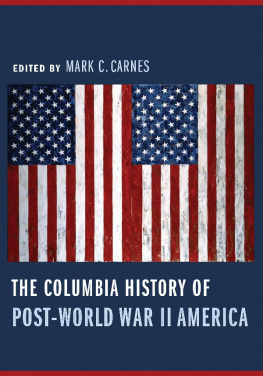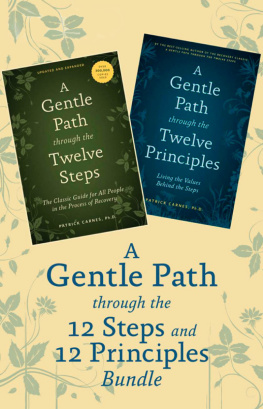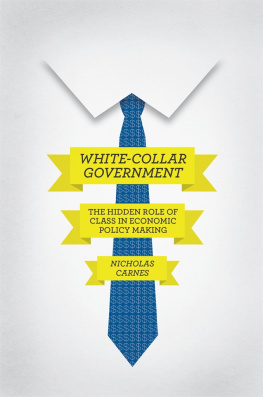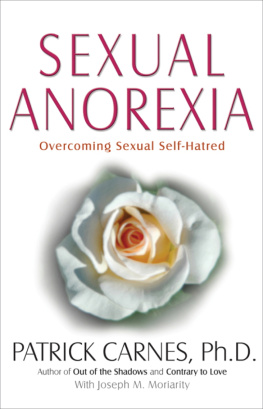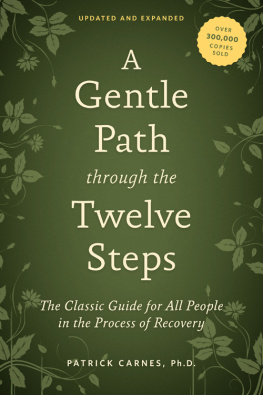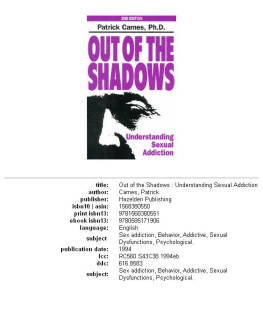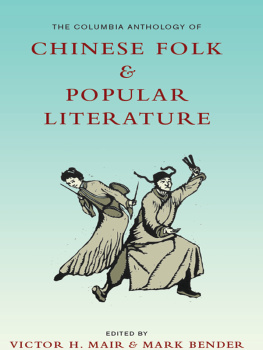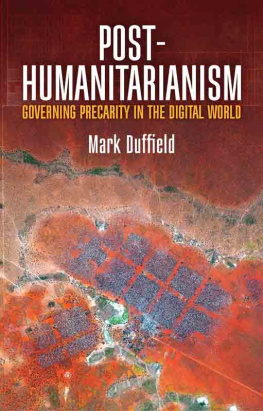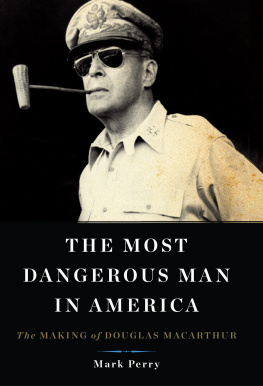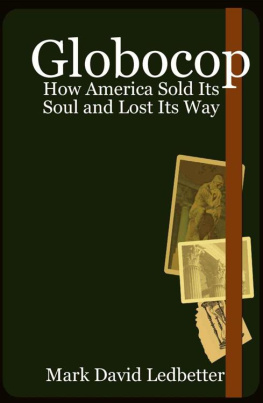Columbia Guides to American History and Cultures
Michael Kort,
The Columbia Guide to the Cold War
Catherine Clinton and Christine Lunardini,
The Columbia Guide to American Women in the Nineteenth Century
David Farber and Beth Bailey, Editors,
The Columbia Guide to America in the 1960s
David L. Anderson,
The Columbia Guide to the Vietnam War
Gary Okihiro,
The Columbia Guide to Asian American History
Robert L. Harris Jr. and Rosalyn Terborg-Penn, Editors,
The Columbia Guide to African American History Since 1939
Michael Kort,
The Columbia Guide to Hiroshima and the Bomb
Columbia University Press
Publishers Since 1893
New York Chichester, West Sussex
cup.columbia.edu
Copyright 2007 Columbia University Press
All rights reserved
E-ISBN 978-0-231-51180-3
Library of Congress Cataloging-in-Publication Data
The Columbia history of post-World War II America / edited by Mark C. Carnes.
p. cm.(Columbia guides to American history and cultures)
Includes bibliographical references and index.
ISBN 9780231121262 (cloth : alk. paper)ISBN 9780231511803 (e-book)
1. United StatesHistory1945 2. United StatesSocial conditions1945 3. United StatesPolitics and government19451989. 4. United StatesPolitics and government1989 I. Carnes, Mark C.
(Mark Christopher), 1950 II. Title. III. Series.
E741.C54 2007
973.92dc22
2006034304
A Columbia University Press E-book.
CUP would be pleased to hear about your reading experience with this e-book at .
This book seeks to explain the history of United States during the time that encompasses our lives. Chronicling these years would be a formidable task, even for a book as big as this one, but our purpose is not so much to recapitulate our times as it is to begin to explain what it all meant.
This is no easy task. The complexity of the past renders it nearly incomprehensible, and its subjectivity mocks all who propose tidy conclusions. People experience events differently, and they interpret those experiences in different ways. No summary suffices. Our task is all the more difficult in that the drumbeat of events seems to have quickened during recent decades; the nightly news, formerly a stately recitation of the days happenings, has evolved into to a swirling kaleidoscope of images and sounds, with multiple lines of text marching double-time across the lower frame. We bob about in a heaving sea of informational flotsam, trying to discern what really matters but sensing that it is all a muddle. Perhaps every epoch bewilders those who live through it, but for Americans the past half-century was, by most measures, a time of breathtaking change and transition.
Where to begin? Perhaps with that analytical tool best suited to measurement and comparison: statistics.
During the last half of the twentieth century, the nations population nearly doubled, from 152 million in 1950 to 281 million in 2000. The general drift of the people, as always, has been westward. In 1950 the arithmetical mean center of the population was located just west of the Indiana-Illinois border; by 2000, it had shifted to a point several hundred miles southwest of St. Louis, Missouri. Statistics can be deceiving, and this provides a cautionary example: though the geographical center of the U.S. population was located in the Midwest, that region experienced the slowest rate of population growth, and some rural areas of the northern Great Plains lost population. The greatest increases were in the Pacific West, the Southwest, Texas, and Florida.
Population growth has been caused by a convergence of factors: the natural increase of a fundamentally healthy people, a declining death rate, and immigration. The 1950 birthrate of 24 babies per 1,000 women of childbearing age approached that of teeming India, and this high birthrate accounted for much of the nations population increase during the 1950s and 1960s. By the mid-1970s, the birthrate had declined to about 15 per 1,000, and it remained at that level during the next quarter-century. Rising life expectancy added to the population increase. Someone born in 1950 could expect to live to the age of 68; those born in 2000 were projected to live to 77. In 1950, 8 percent of the population was over 65, in 2000, nearly 13 percent. Conversely, infant mortality, measured in infant deaths per 100,000 live births, declined from 29 in 1950 to 7 in 2000. Diseases such as tuberculosis and polio were serious health threats in the 1950s, but have since become relatively rare. Even the onset of acquired immunodeficiency syndrome (AIDS), which first appeared by that name in the health statistics in 1984 and has since killed hundreds of thousands, failed to stop the improvement in life expectancy. The aggregate suicide rate has declined slightly, although the proportion of people aged 1524 who commit suicide has more than doubled since 1950.
After 1950, too, some thirty million people immigrated to the United States, more than half of that number since 1980. In 1950, 7 percent of the population was foreign-born; by 2000, that had increased to 11 percent. Partly this was caused by shifts in public policy. The Immigration Act of 1965, which terminated the national-origins concept, prompted an influx of immigrants from Asia and Latin America. During the 1980s the nations Hispanic population increased by 53 percent. This was caused both by immigration and a high birthrate. In June 2005 the Census Bureau reported that during the preceding five years, Hispanics counted for more than half of the nations population growth.
The statistics also show marked changes in the American family. Men and women now marry later in life and are more likely to divorce. In 1950, more than three-fourths of American households included married parents; fifty years later, nearly half of the nations households lacked them. The 1950 divorce rate of 2.6 per 1,000 couples had increased to 4.1 fifty years later. More women worked outside the home: in 1950, 34 percent of women over sixteen had paid jobs; by 2000, it was 60 percent. The average family size declined from 3.5 to 3.2. School attendance became more common. In 1950, three-fourths of the nations children aged 14 through 17 were enrolled in school; by 2000, well over 90 percent were in school. In 1950, 6 percent of the adults had completed four years of college; by 2000, well over a quarter had college degrees.
The economy grew substantially, as did personal consumption. In 1950, slightly over half of adult Americans owned homes; by 2000, over two-thirds did so, and their homes dwarfed those of their grandparents. In 1950, 266 of every 1,000 Americans owned automobiles; by 2000, that proportion had nearly doubled. In 1950, there were fewer than four million televisions in the nation; in 2000, there were 248 million sets. But increased consumption of big-ticket items is merely an indicator of a general expansion of consumption of nearly everything. By some estimates, for example, Americans now consume 600 more calories of food a day than did their forebears a half-century ago, which helps explain a population that has grown in more than one sense.



